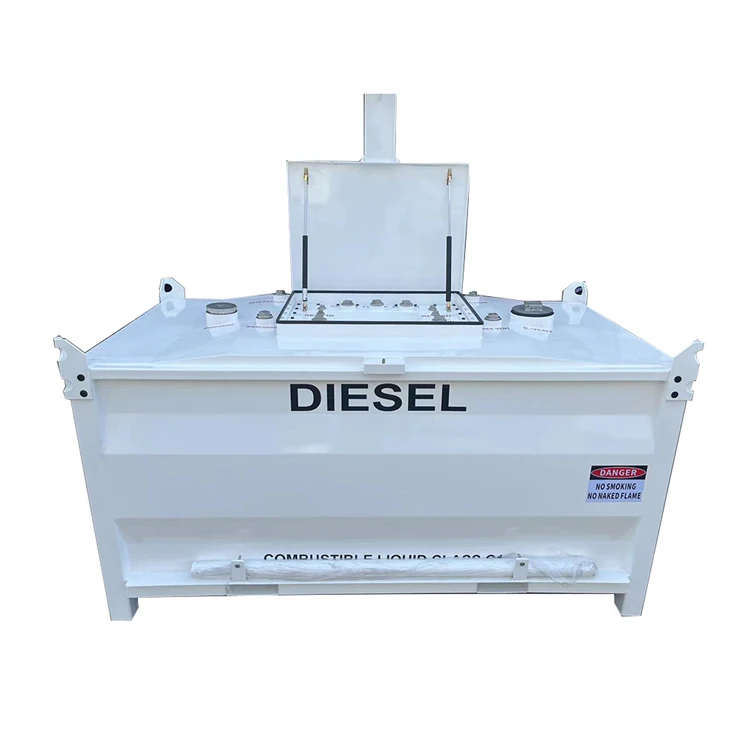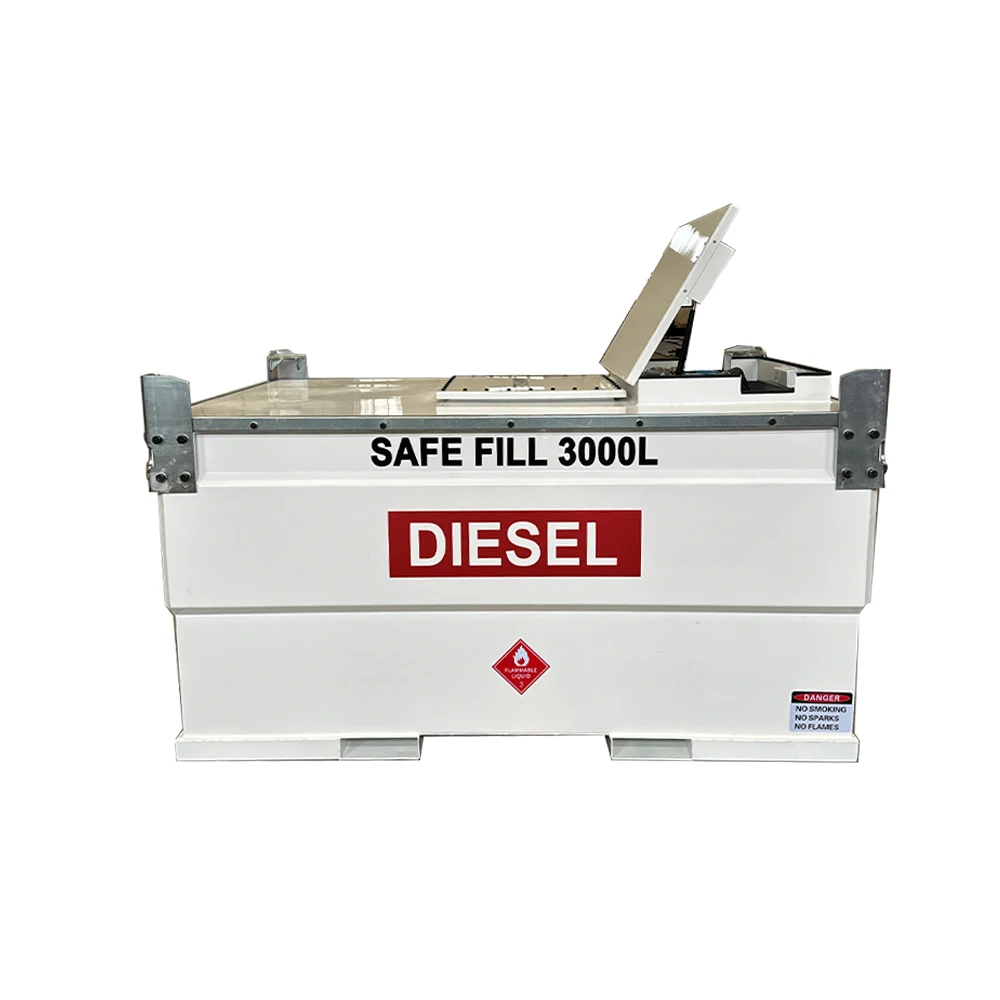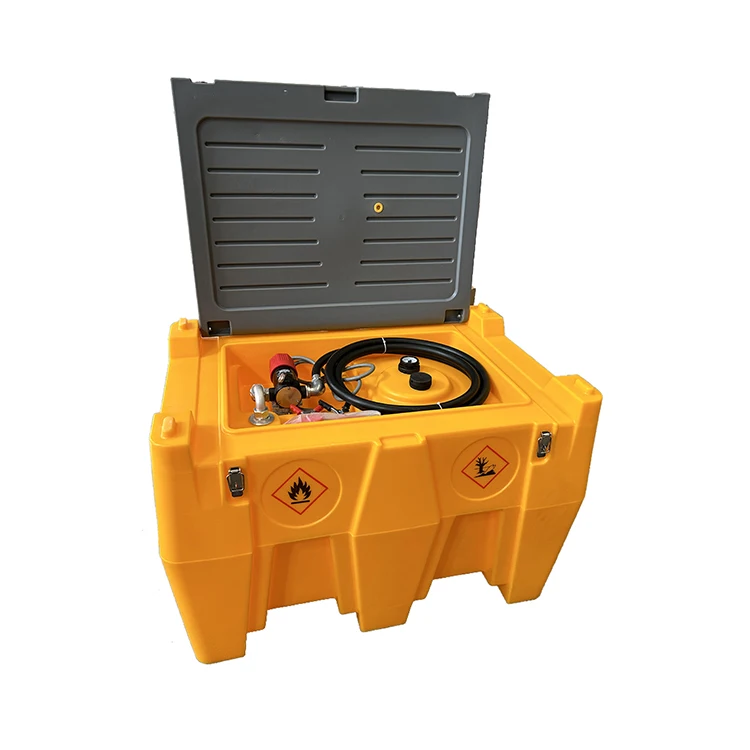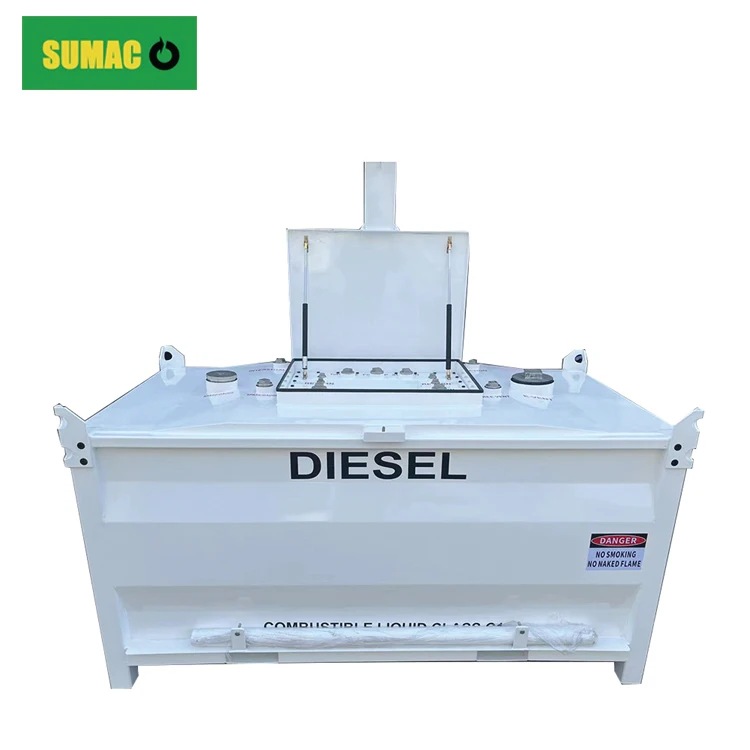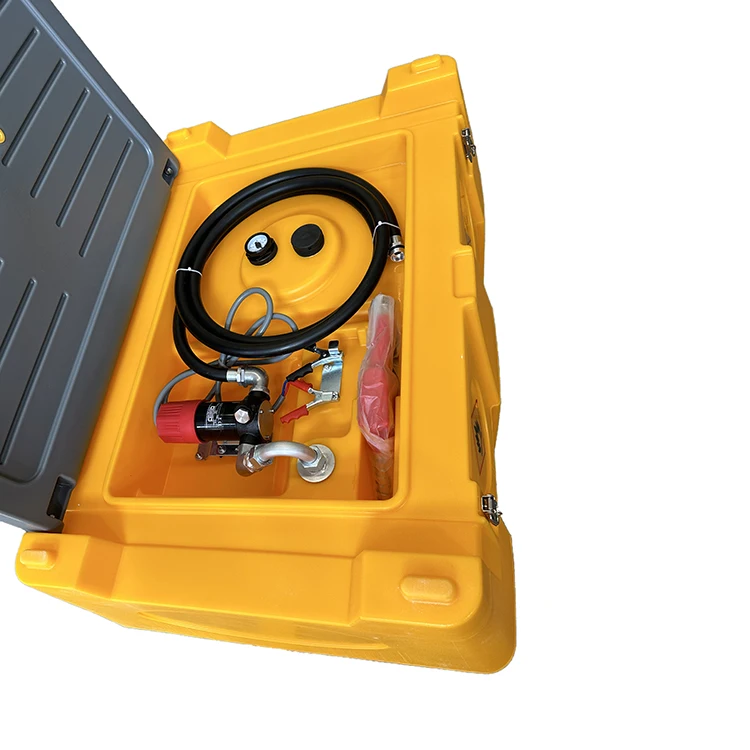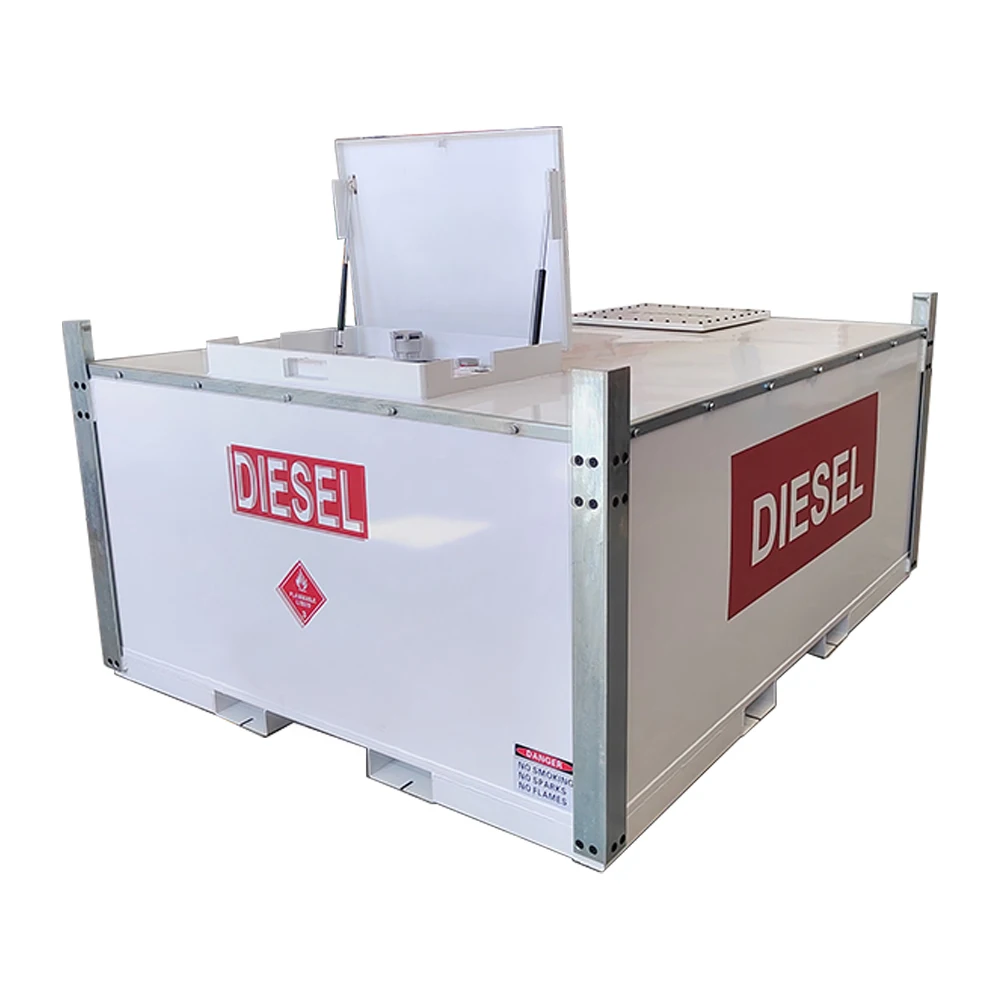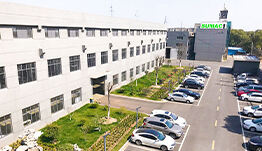Carbon steel fuel transfer cube tank sale for UAE
Features
Sturdy material: Made of carbon steel, it has high strength and hardness, can withstand certain pressure and impact force, ensure the safety of the tank during the transportation and storage of fuel, and is not easy to break or deform due to external force.
Stable structure: The cubic structural design makes the tank have good stability, low center of gravity, and is not easy to tip over during transportation, which is conducive to the safety and stability of vehicle transportation. At the same time, the cubic shape is easy to stack and store, which can effectively save space.
Good corrosion resistance: Carbon steel material is properly treated, such as surface painting, galvanizing and other anti-corrosion processes, which can improve the corrosion resistance of the tank, reduce the erosion of the tank by fuel, extend the service life of the tank, and enable it to adapt to different working environments.
Good sealing performance: Sealing technology, such as rubber sealing rings, sealants, etc., are used in various connection parts and interfaces of the tank to ensure that the fuel will not leak during storage and transportation, prevent losses caused by fuel volatilization, and also avoid pollution to the environment.
Application field
Industrial field: In some factories, mines, construction sites and other places, it is used to store and transport fuels such as diesel and gasoline, and provide power support for various mechanical equipment, generators, etc.
Transportation industry: It can be used as the tank of a tanker truck to transport fuel in transportation modes such as roads and railways, and to refuel vehicles such as cars and trains. It can also be used for fuel storage and transportation of ships to provide power fuel for ship engines.
Agricultural field: In farms, it is used to store and transport fuels such as diesel, provide power for agricultural machinery and equipment such as tractors, harvesters, irrigation pumps, etc., and support agricultural production activities.
Energy industry: In gas stations, oil depots and other places, it is used to store and allocate gasoline, diesel and other fuels to provide guarantees for vehicle refueling. At the same time, it can also be used in some small energy production enterprises, such as small refineries, biodiesel plants, etc., as fuel storage and transportation equipment.
Design and manufacturing requirements
Thickness design: According to factors such as the capacity of the tank, the use environment and the pressure requirements, the thickness of the carbon steel plate is reasonably designed to ensure that the tank has sufficient strength and rigidity. Generally, the larger the capacity and the higher the pressure requirements, the thickness of the plate will increase accordingly.
Welding process: Use advanced welding technology, such as automatic welding, manual arc welding, etc., to weld the various parts of the tank body to ensure the quality and strength of the weld and the sealing of the tank body. After welding, non-destructive testing of the weld is required, such as ultrasonic testing, radiographic testing, etc., to detect whether the weld has defects.
Internal structure design: In order to reduce the shaking and impact of fuel during transportation, multiple wave-proof baffles are usually set in the tank body to divide the tank body into multiple small chambers, effectively reducing the shaking amplitude of the fuel and improving the stability of the tank body.
Safety device equipment: Install safety devices such as breathing valves, safety valves, and overflow prevention sensors to ensure that the tank body remains safe under different working conditions. The breathing valve is used to balance the pressure inside and outside the tank body to prevent the tank body from being deformed or ruptured due to pressure changes; the safety valve automatically opens when the pressure in the tank body is too high to release the pressure; the overflow prevention sensor can prevent the fuel from overflowing the tank body during the filling process.
Maintenance and care
Regular inspection: Regularly inspect the appearance of the tank body to check whether there are defects such as corrosion, deformation, cracks, etc. on the surface of the tank body, and check whether there is leakage in the weld. At the same time, check whether the various safety devices on the tank, such as the breathing valve, safety valve, anti-overflow sensor, etc., are working properly to ensure that they can play a role when needed.
Cleaning and maintenance: Clean the inside and outside of the tank regularly to remove dirt, rust and oil stains on the surface of the tank to keep the tank clean. For the inner wall of the tank, it can be cleaned as needed to remove fuel residues and impurities to prevent them from affecting the quality of the fuel, and it also helps to reduce corrosion to the tank.
Anti-corrosion treatment: According to the corrosion condition of the tank, the tank is regularly treated with anti-corrosion, such as repainting, galvanizing, etc., to extend the service life of the tank. When performing anti-corrosion treatment, it is necessary to pay attention to the selection of appropriate anti-corrosion materials and processes to ensure the anti-corrosion effect.
https://www.sumachine.com/
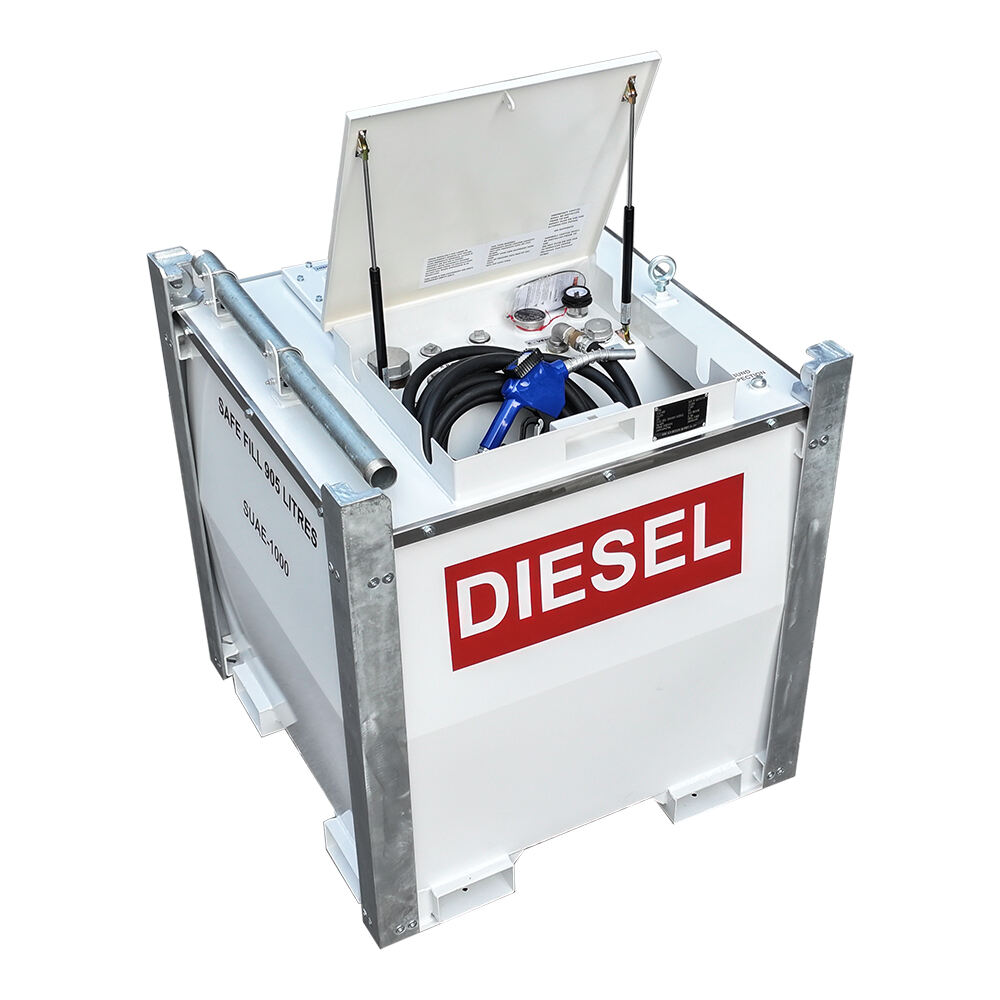
Recommended Products
Hot News
-
Double wall portable diesel gasoline cube tank with pump sale for Mauritius
2024-11-11
-
Double Walled Portable Fuel TransferCube Tank Ship To Spain
2024-11-07
-
Shipping of portable aviation fuel tank with pump
2024-10-12
-
Carbon steel diesel fuel cube tank ship to USA
2024-11-14
-
Carbon steel cube tank with pump
2024-11-13
-
Fuel Transfer Tank Cube Stationary Double Walled Diesel Storage Tank Sale For Spain
2024-11-06
-
251 US Gallon 552 Gallon Fuel Cube Transfer Tank Sale For USA
2024-11-05
-
251-2000 Gallon Fuel Cube Transfer Tank Sale For Grenada
2024-11-01
-
552 Gallon portable fuel dispenser with tank sale for USA
2024-10-30
-
Mobile fuel tank with pump sale for Spain
2024-10-22
 EN
EN
 AR
AR
 BG
BG
 HR
HR
 CS
CS
 DA
DA
 NL
NL
 FI
FI
 FR
FR
 DE
DE
 EL
EL
 IT
IT
 JA
JA
 KO
KO
 NO
NO
 PL
PL
 PT
PT
 RO
RO
 RU
RU
 ES
ES
 SV
SV
 TL
TL
 ID
ID
 LT
LT
 SR
SR
 SK
SK
 SL
SL
 UK
UK
 VI
VI
 HU
HU
 TH
TH
 TR
TR
 MS
MS
 GA
GA
 IS
IS
 KA
KA
 HT
HT
 KK
KK
 UZ
UZ


